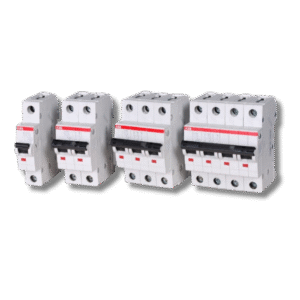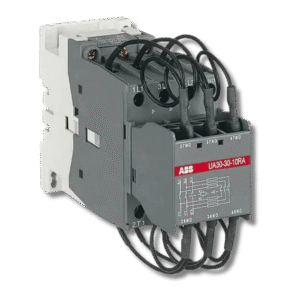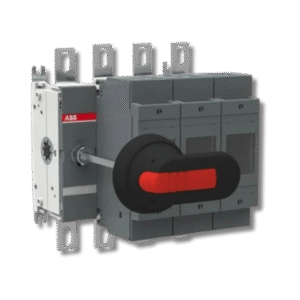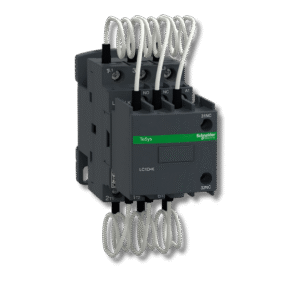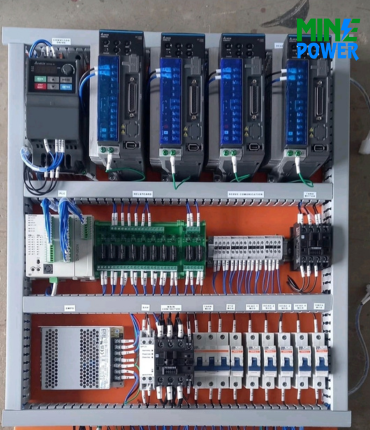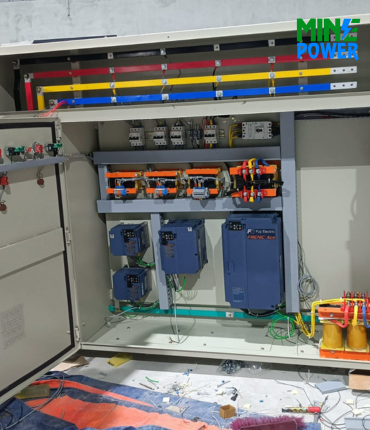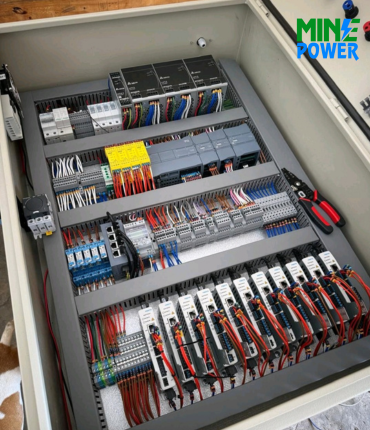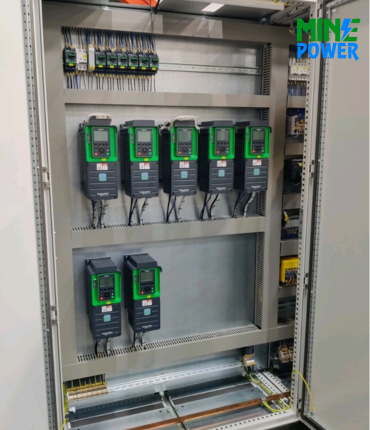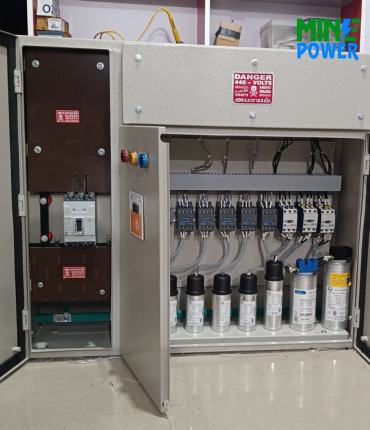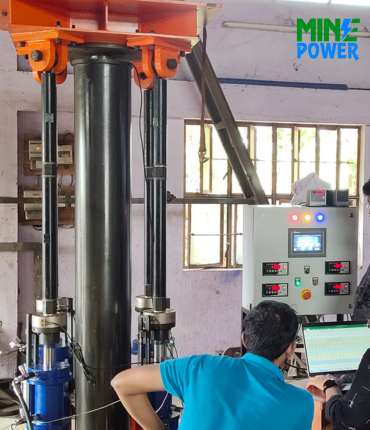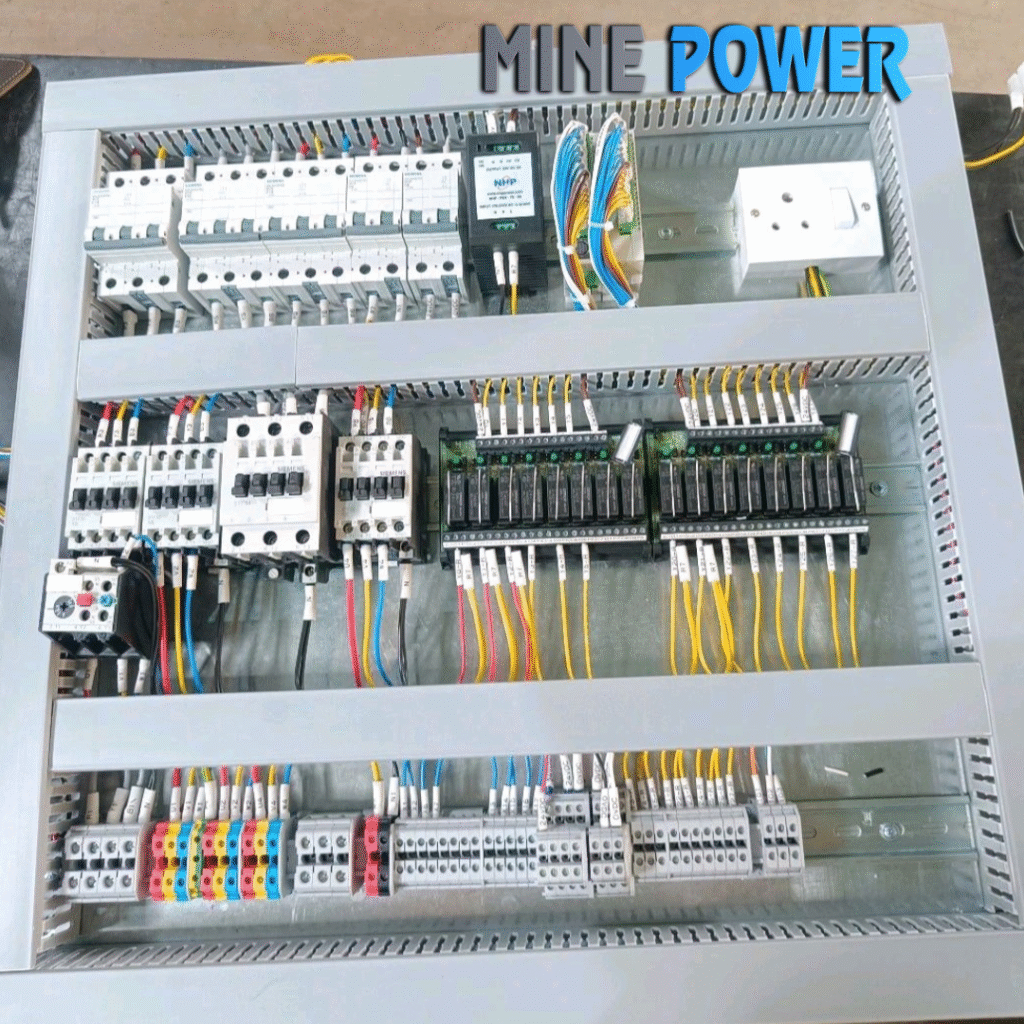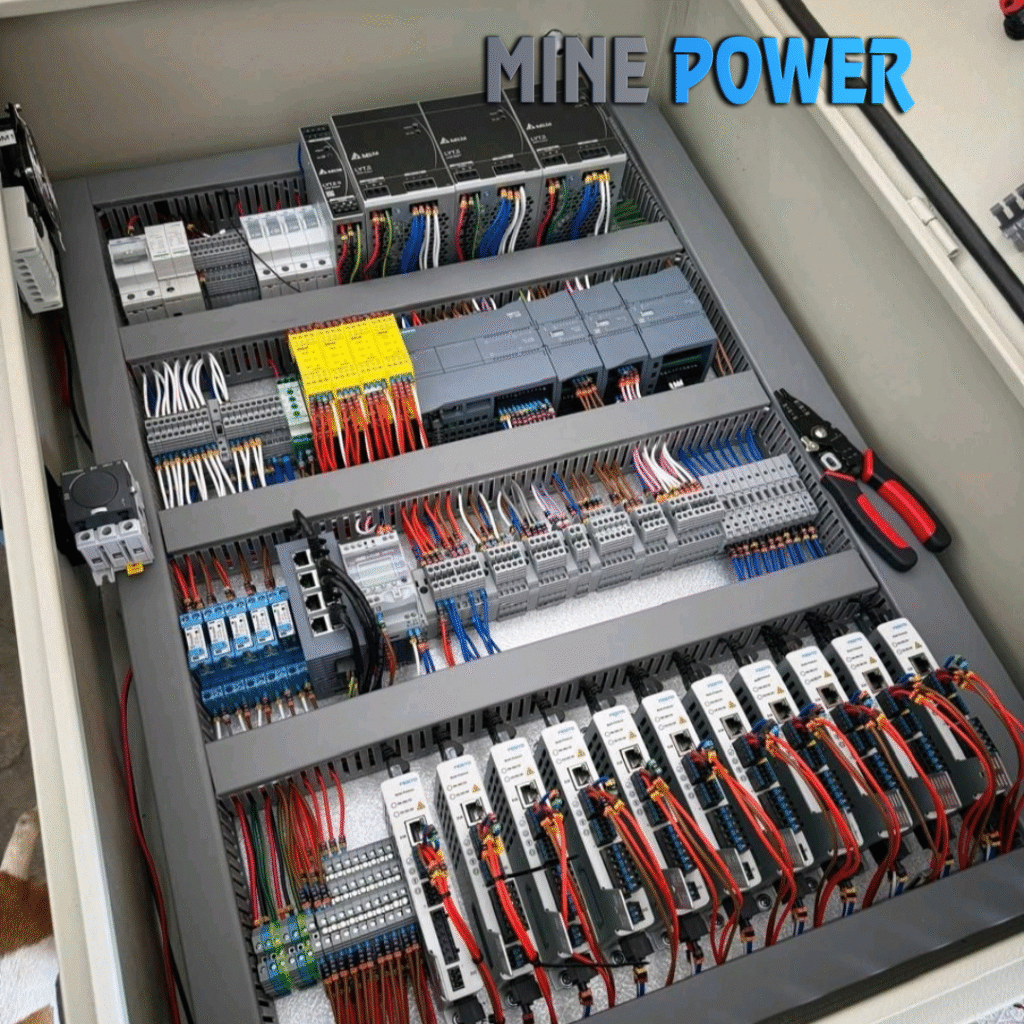Schneider’s FN (and FN-C series) Load Break Switches are manual switch disconnectors engineered for safe and efficient AC load isolation in industrial and commercial electrical systems. Featuring quick-make/break mechanisms, arc-suppressing quad contacts, and safety-enhancing terminal shrouds and interlocks, they’re suitable for frequent switching and maintenance operations across a broad current range—making them essential components for power distribution and control panel environments.
listrikkita.comlk-ea.com.
Description
These are robust load break switches designed to safely make or break electrical circuits under normal load conditions. Rated typically for 415 V AC systems, with current capacities ranging from 32 A up to 2000 A, they offer reliable circuit isolation, manual operation, and visible ON/OFF indication—ideal for distribution boards and control panels.
listrikkita.com
Specifications
-
Rated Current: 32 A – 2000 A
-
Voltage Rating: Up to 415 V AC, AC-23A utilization category
-
Pole Configurations: 2P, TPN, or 4P (100% rated, with switched neutral)
-
Standards: IEC 60947-3
listrikkita.comlk-ea.com
Features
-
Quick-make / Quick-break mechanism for safe switching
-
Quad-break contacts for effective arc quenching and enhanced electrical life
-
Telescopic shaft enables step-less depth adjustment
-
Phase barriers, terminal shrouds, and high creepage/clearances enhance safety
-
Clear ON/OFF indications and optional door interlocks
lk-ea.com
Applications
-
Load isolation in industrial panels and motor control centers (MCCs)
-
Power distribution systems, control panels, and switchgear
-
Safe maintenance isolation and emergency shutdown in electrical installations
listrikkita.com
Advantages
-
Compact, robust, and ideal for frequent switching
-
Enhanced safety with arc control, shrouds, and clear indications
-
Fits a wide current range (32 A to 2000 A)
-
Flexible mounting and accessory options, including interlocks and auxiliary contacts
lk-ea.comlistrikkita.com
Disadvantages
-
Manual operation only—lacks motorized or remote actuation
-
Requires proper upstream protection (fuses or breakers), as it doesn’t offer full fault protection by itself
-
Larger units may need more panel space and thoughtful integration



